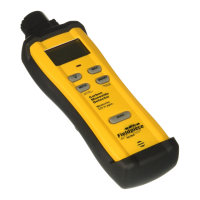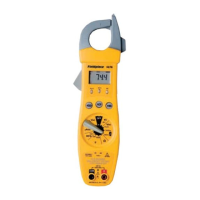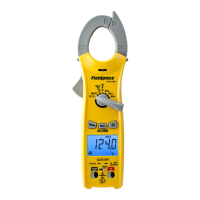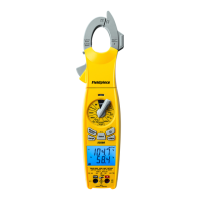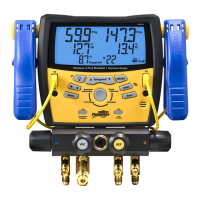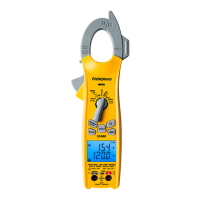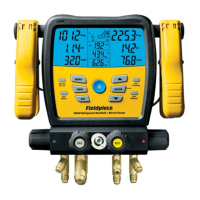13 15 1814 1716
19 21 2420 2322
A/C Basics
The Evaporator, Condenser,
Restrictor (Throttling valve) and
Compressor are the four basic
components of an air conditioner.
Following one pound of refrigerant
through the system shows the
function of each component.
Subcooled liquid refrigerant at high
pressure enters the restrictor and is
throttled to saturated refrigerant at a
lower pressure. The restrictor can be
of either a xed or TXV/EXV type. The
xed type must be charged to a target
superheat that varies with indoor and
outdoor conditions. TXV/EXV systems
must be charged to subcooling.
The evaporator capacity varies
with the indoor heat load on a xed
restrictor. The TXV/EXV regulates the
size of the restriction to maintain a
constant superheat. This essentially
adjusts the capacity of the evaporator
responding to the indoor heat load.
After the restrictor, refrigerant enters
the evaporator at a low temperature
and pressure and boils (evaporates)
condenses back into a liquid. Once
all of the gas is condensed into a
liquid, additional removal of heat
causes a temperature drop that
is known as subcooling. TXV/EXV
systems are charged to subcooling
since superheat is controlled by
the throttle valve. Subcooling
measurements are taken on the
liquid line between the condenser
and TXV/EXV. Finally, the subcooled
liquid enters the restrictor and the
cycle starts again.
Maintenance
Clean the exterior with a dry cloth.
Do not use liquid.
Sensor Care
When not in use it is best to protect
this sensors with the vinyl slip cover
included with the SRH3.
Extreme conditions or exposure to
solvent vapors may oset the RH%
sensor. If this happens, place the
sensor in a controlled envrionment of
75%RH and between 68°F - 86°F for a
period of 24 hours.
To create a 75%RH environment
moisten a small amout of table salt,
in an open container such as a clean
2 liter bottle cap.
Place the container with the salt
solution and the SRH3 probe in a
sealable plastic bag, and leave the bag
in a room temperature location where
it will not be disturbed for 24 hours.
Note: It is important that the salt
solution does not come in direct
contact with the sensor, as this may
permenantly damage the sensor.
Battery ReplacementWhen
the meter displays the battery
should be replaced. Turn your SRH3
o and replace with 9V battery.
Auto Power O
Your SRH3 powers o automatically
after approximately 15 minutes to
lengthen battery life. To disable
"Auto O," hold the button while
powering on your SRH3. When
disabled, APO will not display in upper
left of LCD.
Limited Warranty
This meter is warranted against
defects in material or workmanship
for one year from date of purchase.
Fieldpiece will replace or repair the
defective unit, at its option, subject
to verication of the defect.
This warranty does not apply
to defects resulting from abuse,
neglect, accident, unauthorized
repair, alteration, or unreasonable use
of the instrument.
Any implied warranties arising
from the sale of a Fieldpiece product,
including but not limited to implied
warranties of merchantability and
tness for a particular purpose, are
limited to the above. Fieldpiece shall
not be liable for loss of use of the
instrument or other incidental or
consequential damages, expenses, or
economic loss, or for any claim of such
damage, expenses, or economic loss.
State laws vary. The above
limitations or exclusions may not
apply to you.
For Service
In the USA, call Fieldpiece
Instruments for one-price-x-all out of
warranty service pricing. Send check or
money order for the amount quoted.
Send the meter freight prepaid to
Fieldpiece Instruments. Send proof
of date and location of purchase for
in-warranty service. The meter will be
repaired or replaced, at the option of
Fieldpiece, and returned via least cost
transportation. Outside of the USA,
please visit www.eldpiece.com for
service contact information.
www.fieldpiece.com
© Fieldpiece Instruments, Inc 2011; v05
Wireless Solutions
from Fieldpiece
into a gas by absorbing heat from the
indoor air. The refrigerant stays at the
same temperature and pressure until
all the refrigerant evaporates into a
gas. After the refrigerant becomes a
gas, it will continue to absorb heat
and become superheated at which
point its temperature will change. The
Superheat measurement is the best
indication of refrigerant charge level
in a fixed restrictor system. A TXV/
EXV system will keep the superheat
constant. There must be superheat
present to ensure liquid does not
ood the compressor.
Superheat measurements are taken
on the suction line between the
evaporator and compressor.
The compressor takes this low
temperature, low pressure, slightly
superheated refrigerant and
compresses it to a much higher
temperature and pressure.
The highly superheated gas enters
the condenser and rejects heat
into the outside air. The refrigerant
EVAPORATOR
CONDENSER
THROTTLE
VALVE
COMPRESSOR
REFRIGERANT
FLOW
H
i
g
h
P
r
e
s
s
u
r
e
S
i
d
e
L
o
w
P
r
e
s
s
u
r
e
S
i
d
e
RETURN AIR SUPPLY AIR
OUTDOOR AIR HOT AIR
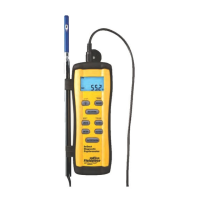
